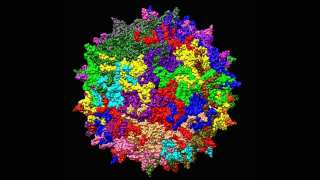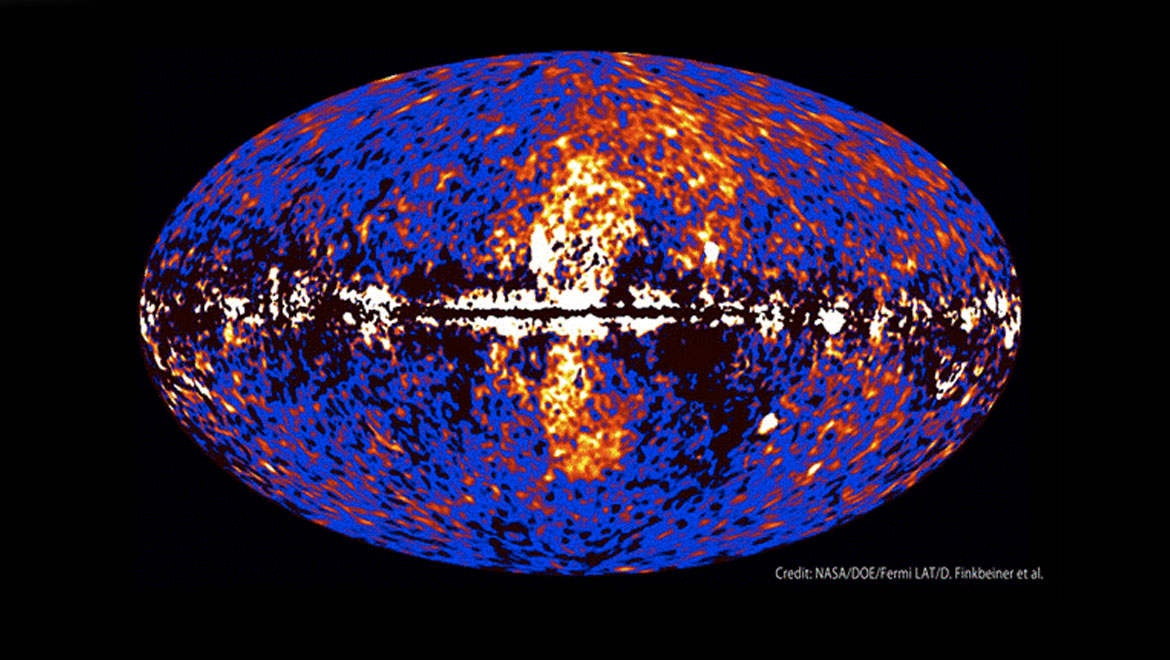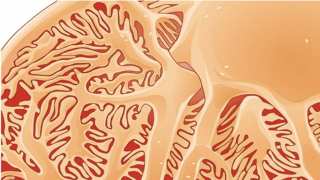The Fermi bubbles were discovered as recently as 2010, and are comprised of two gamma-ray emitting bubbles expanding 25,000 light-years north and south of the black hole located at the centre of our galaxy, the Milky Way. Whilst the nature and origin of the bubbles was poorly understood at first, astronomers now believe they are due to the release of gases the last time this black hole consumed a large amount of gas. The bubbles had been estimated to be at least 2 million years old, but a new study has now used data collected by the Hubble Space Telescope to determine a more accurate age.
The team, led by Rongmon Bordoli of the Massachusetts Institute of Technology, worked on tracing the passage of cool gas through the northern Fermi bubble. The aim of their research was to track the speeds at which the gases were travelling in order to calculate approximately when the Fermi bubbles formed.
Bordoli and his team used data from NASA’s Hubble Space Telescope Cosmic Origins Spectrograph (COS). Ultraviolet light from 47 distant quasars (quasars are the bright centres of distant galaxies) was analysed as it passed through the Fermi bubble. This allowed the team to find out the speed, composition and temperature of the gases within the expanding Fermi bubble.
It was discovered that the bubbles formed somewhere between six to nine million years ago, perhaps as a result of a large cloud of gas being consumed by the black hole. As a consequence of this, other matter may have been released by the black hole, creating the Formi bubbles of hot gas which can be seen in x-ray and gamma-ray observations. Since this event, the black hole has not consumed such a large quantity of gas in one go.

This illustration shows the light of several distant quasars piercing the northern half of the Fermi Bubbles, an outflow of gas expelled by our Milky Way galaxy's hefty black hole. The Hubble Space Telescope probed the quasars' light for information on the speed of the gas and whether the gas is moving toward or away from Earth. Credit: NASA, ESA, and Z. Levy (STScI)
Principal researcher Andrew Fox, of the Space Telescope Science Institute in Baltimore, Maryland said that "the Hubble data opens a whole new window on the Fermi Bubbles. Before, we knew how big they were and how much radiation they emitted; now we know how fast they are moving and which chemical elements they contain. That's an important step forward." It was identified that silicon and carbon were two of the main elements found in the gaseous bubble, with these common elements found in most galaxies, representing the remains of stellar evolution.
Whilst the release of gas from black holes has been studied before, it’s not been possible to track the motion of the gases. Bordoli said “the only reason we could do it here is because we are inside the Milky Way. This vantage point gives us a front-row seat to map out the kinematic structure of the Milky Way outflow.” He added that "this observation would be almost impossible to do from the ground because you need ultraviolet spectroscopy to detect the fingerprints of these elements, which can only be done from space," Bordoloi said. "Only with COS do you have the wavelength coverage, the sensitivity, and the spectral resolution coverage to make this observation."
It’s thought that the gases released by black holes has great importance in regulating the evolution of galaxies. Furthering our knowledge into the formation of these bubbles will increase our knowledge of both our own galaxies and those far away.
Top image: Data from the Fermi Telescope shows the bubbles (in red and yellow) against other sources of gamma rays. The plane of the galaxy (mostly black and white) stretches horizontally across the middle of the image, and the bubbles extend up and down from the center. (Credit: NASA's Goddard Space Flight Center)
References
http://imgsrc.hubblesite.org/hvi/uploads/science_paper/file_attachment/229/ApJ_2017_paper.pdf
https://www.sciencedaily.com/releases/2017/03/170309132748.htm
https://www.nasa.gov/mission_pages/GLAST/news/new-structure.html







No comment